
3D-printed plasmonic plastic enables large-scale optical sensor production (04/10/2023)
In a multi-year project,
researchers at Chalmers University of Technology in Sweden have developed
plasmonic plastic—a type of composite material with unique optical properties that
can be 3D-printed. This research has now resulted in 3D-printed optical
hydrogen sensors that could play an important role in the transition to green
energy and industry.
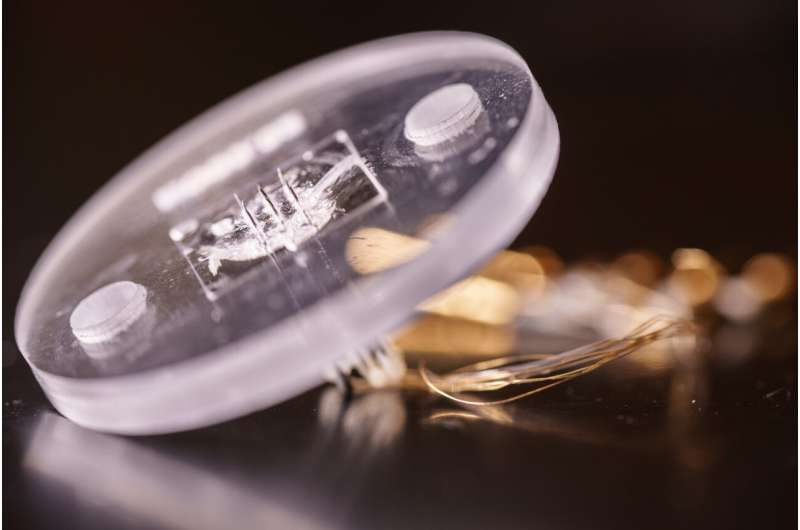
Research team creates wearable sensor to monitor 'last line of defense' antibiotic (04/10/2023)
Since the discovery of penicillin
in 1928, bacteria have evolved numerous ways to evade or outright ignore the
effects of antibiotics. Thankfully, health care providers have an arsenal of
infrequently used antibiotics that are still effective against otherwise
resistant strains of bacteria.
Nobel prize in medicine goes to scientists behind Covid-19 vaccine (02/10/2023)
Nobel awarded to duo’s work on modifications to nucleoside molecules

Striking rare gold: Researchers unveil new material infused with gold in an exotic chemical state (02/10/2023)
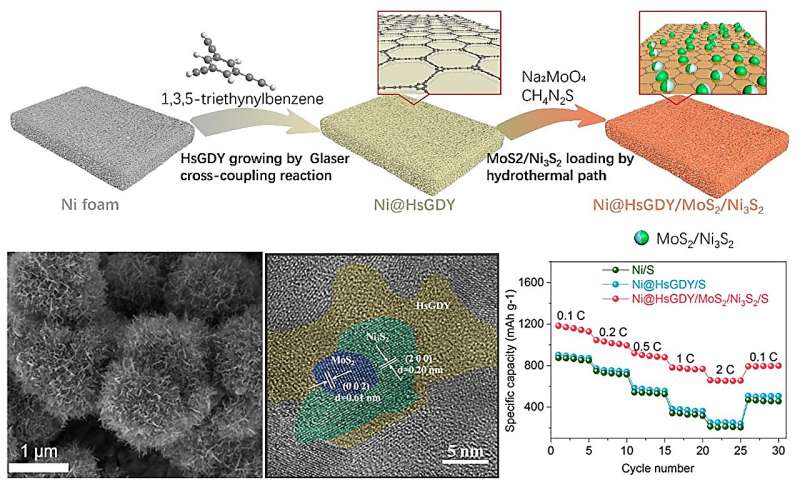
Using nickel foam to enhance the performance of lithium-sulfur batteries (02/10/2023)
Lithium-sulfur (Li-S) batteries are considered important devices for powering movable equipment, but there are still some challenges that limit their application, such as how to obtain a cathode for high sulfides absorption and rapidly conversion.

Coatings made from a wood by-product can keep our glasses and windshields clear (02/10/2023)
Researchers have developed a way to turn a waste material from wood into a bio-based transparent film that can be used for anti-fogging or anti-reflective coatings on glasses or vehicle windows. In addition to offering an alternative to the toxic synthetic materials currently used, this approach transforms a waste product into a valuable carbon sink.
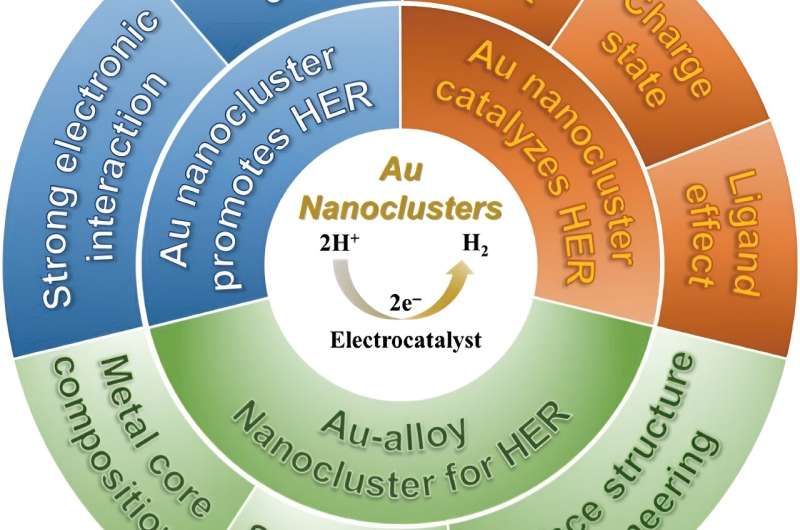
Gold nanoclusters can improve electrochemical water splitting to produce hydrogen (30/09/2023)
As energy demand continues to
rise, research into new, efficient renewable and clean energy sources is an
urgent priority. Currently, renewable energy sources like solar, wind, tide,
and geothermal make up less than 40% of the current energy demand. Increasing
this percentage and reducing the amount of fossil fuels used will require
other, more efficient renewable and clean energy sources.
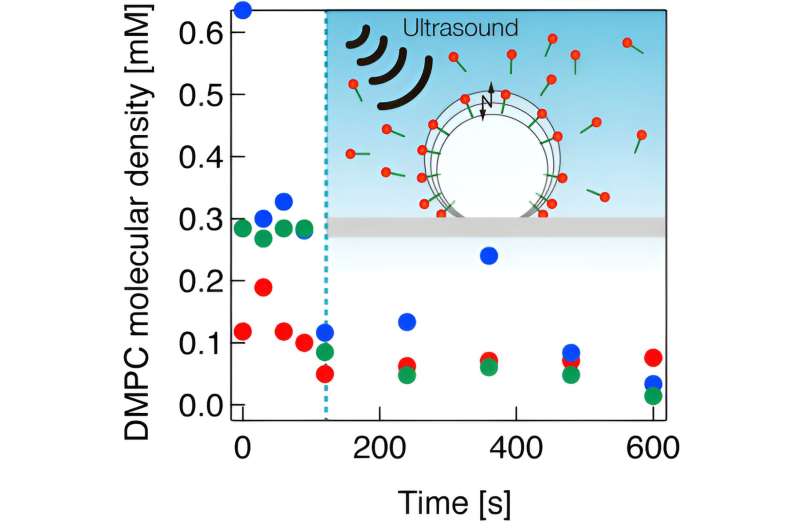
Unveiling the science of ultrasound-driven microbubble desorption (30/09/2023)
Injecting drugs into the
bloodstream can often harm healthy tissues as well. Drug delivery systems
(DDSs) are an innovative solution designed to target specific cells and
minimize such side effects. One strategy for drug delivery that has steadily
gained traction involves a combination of microbubbles and ultrasound.
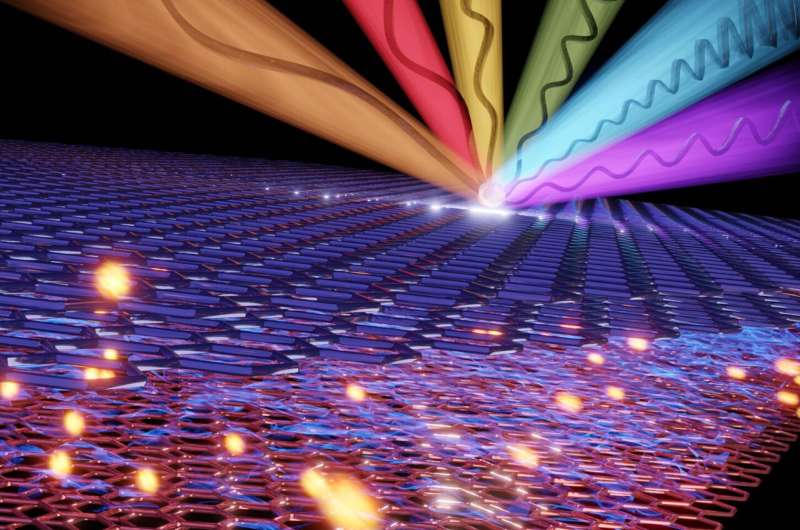
Improvement of ultra-broadband photodetection with a device based on twisted double bilayer graphene (30/09/2023)
Hyperspectral imaging uses the
full spectrum of light to give detailed insights on nature and its behavior.
These insights open a realm for manifold applications, including autonomous
driving, environmental monitoring, health care, space exploration or even
agriculture and food processing.
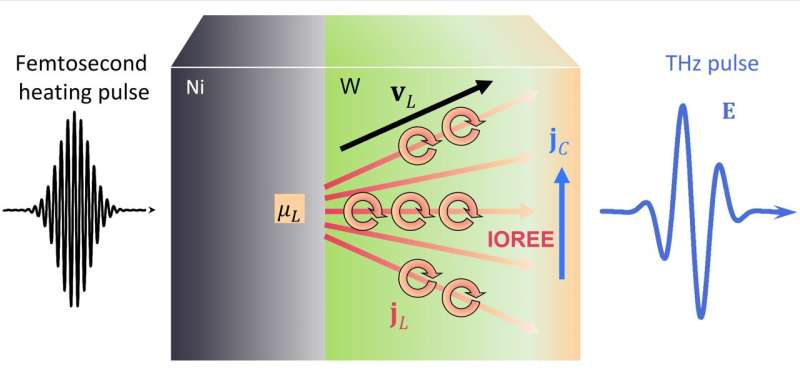
Orbital currents can go far—a promising novel ultrafast channel for data processing (30/09/2023)
Orbitronics is a recently
emerging field of research on the manipulation of the orbital degree of freedom
of electrons for quantum information technology. However, unambiguously
detecting ultrafast dynamics of orbital angular momentum has been challenging
so far.









